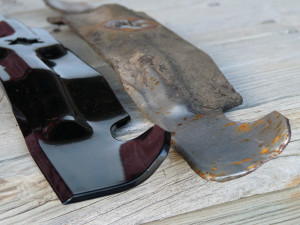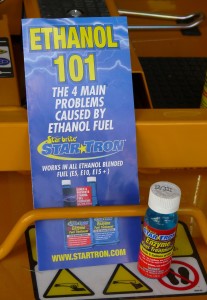Do you need a part for your mower? Before you call or come into the shop there is information we need to know in order to determine what part will work on your equipment. Save yourself time and have with you the brand name (Craftsman, Yard Machine, Murray, etc), type (self propelled, walk behind, Z-turn) and model number. There are two different model numbers on most equipment. One for the mower itself and another for the engine.
- For the mower frame and chasis. Manufacturers attach their information plates in various places. A push mower has a model label usually at the bottom rear of the frame. A rider model number is usually located under the seat. This number is for any part of the machine except the engine (like a belt, wheel or pulley). It looks similar to these photo examples.
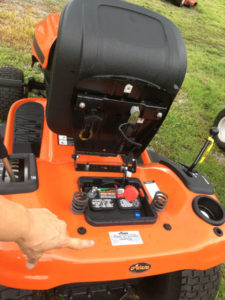
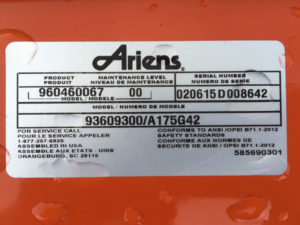
2. For the engine parts, (like a carburetor, gasket or air filter), then we need the brand (Kohler, Briggs & Stratton, Honda), size (horse power) and model number off the engine. The model number can either be stamped into the metal of the engine or a little plate attached to the engine similar to these photos examples.
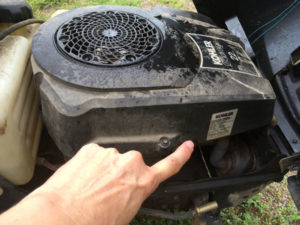

Quick tip: Taking a clear, readable photo of the labels with your phone will work.
Now you can be more prepared and that helps both of us!

